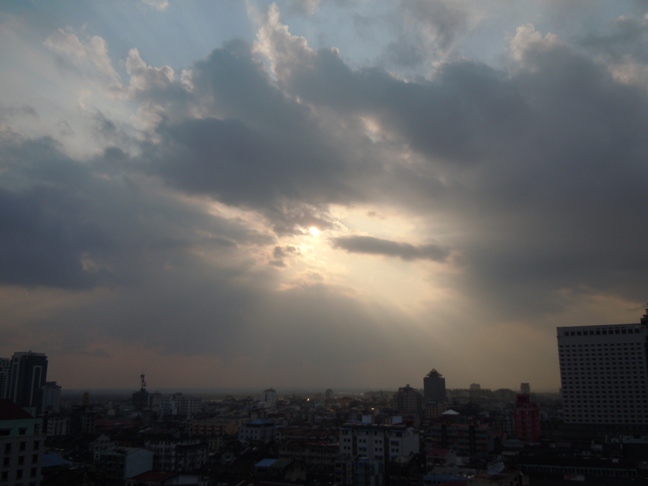If you watch the Burmese media closely then you already know that there have been some simply remarkable changes in the past year. I can’t think of any time (since 1962, at least) when so much has happened to shift perceptions of the country. It is remarkable, and important, that the media is now free(er) to play a vital role in helping keep the public informed about the country’s political, economic and social changes.
Here’s a (slightly) self-indulgent example. In a very long article published in a special supplement to this week’s Myanmar Times (the supplement, available here, deals with the first anniversary of the 2010 election) I get a chance to make some comments about the resumption of ethnic conflict in 2011. The section reads:
But one ingredient that has been lacking is progress in resolving simmering conflicts in Myanmar’s border regions, with the government apparently struggling to reach out to armed ethnic groups in a meaningful way. Dr Nicholas Farrelly, a Southeast Asia specialist at the Australian National University in Canberra and co-founder of the New Mandala website, said the government’s handling of the ethnic conflicts had been “bewildering”. “I am perplexed by the contradictions presented in recent events. On the one hand, Myanmar’s new government has shown itself adept at political and economic maneuvering … it has even shown itself to be developing some admirably democratic instincts,” he said.
“[But] no sooner than Myanmar started to enjoy relative democratic progress then these new civil wars kicked off. The resumption of hostilities is a black mark for President Thein Sein. A quick end to hostilities, with a pledge to take ethnic violence off the agenda once and for all, is the only way forward.” With steps towards political reconciliation in Burmese-dominated areas well underway, resolving these conflicts should be the top priority in the next 12 months, Dr Farrelly said. “Without a fair and sustainable resolution in those areas everything else will prove irrelevant window-dressing,” he said. “Any further escalation of the ethnic wars would not end well, for either side. So let’s hope the government opts for a more conciliatory path and gives itself a chance to agree final and lasting deals with its many ethnic opponents.”
As an illustration of what can now be printed in Burma today I think this is particularly helpful. So is this editorial which certainly gives some sense of the huge changes that have occurred over the past year. Naturally there are still all manner of problems when it comes to the free operation of the media but, reading that Myanmar Times supplement, I reckon there is no doubt that the old analysis about freedom of expression in Burma now requires reconsideration.
For those who are interested, this article sums up the new terrain quite well. It also quotes an anonymous Yangon-based editor who says:
The relaxation of censorship has been significant and occurred faster than I think anyone in the industry expected…Journalists now have more scope to criticize or quote people criticizing both the government and private sector. They are able to cover issues that were previously considered too sensitive, such as political prisoners. There is also a lot more advocacy — calling on the government to do this or that, which I think is also positive.
What do New Mandala readers think?
 Facebook
Facebook  Twitter
Twitter  Soundcloud
Soundcloud  Youtube
Youtube  Rss
Rss 